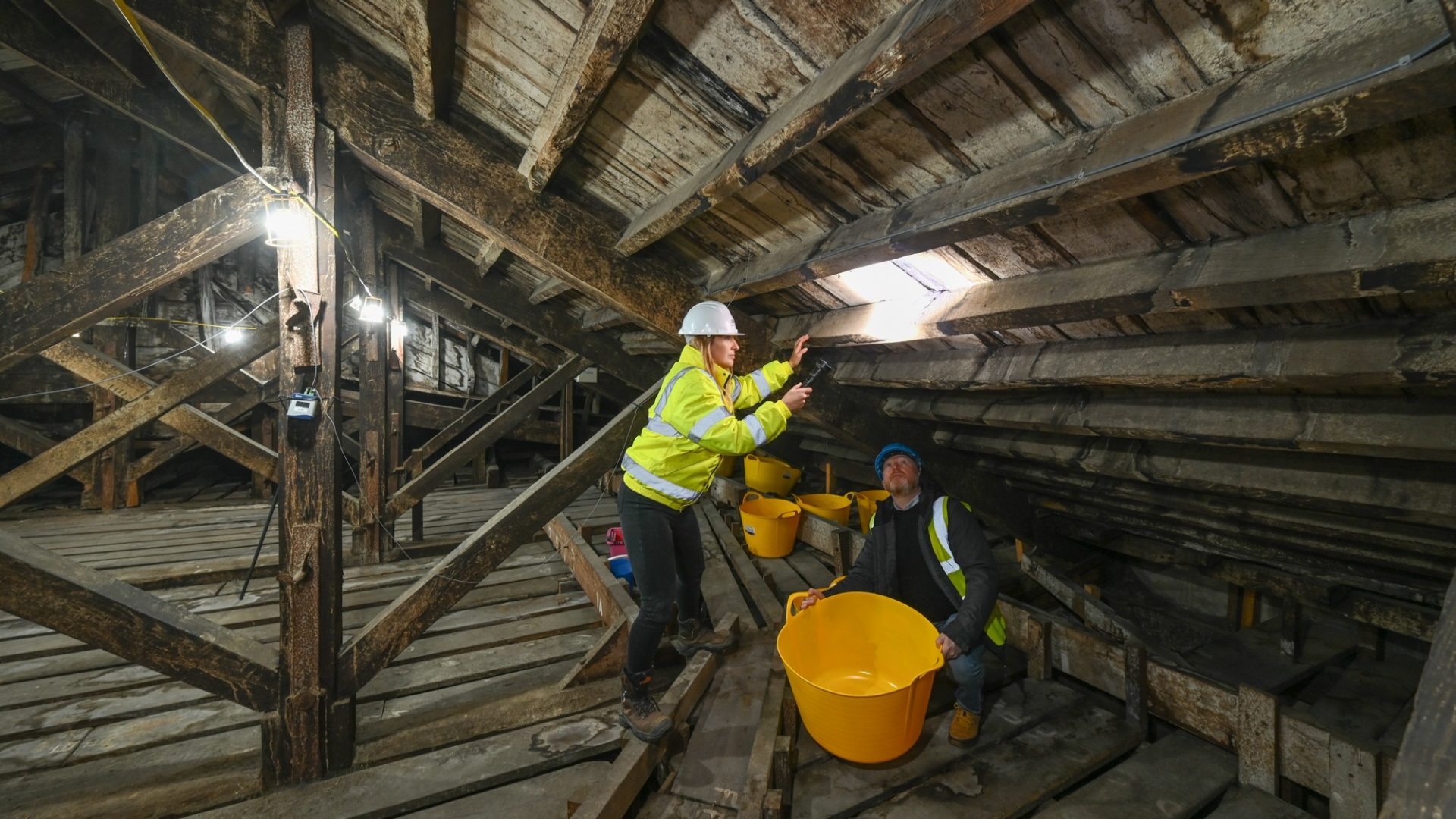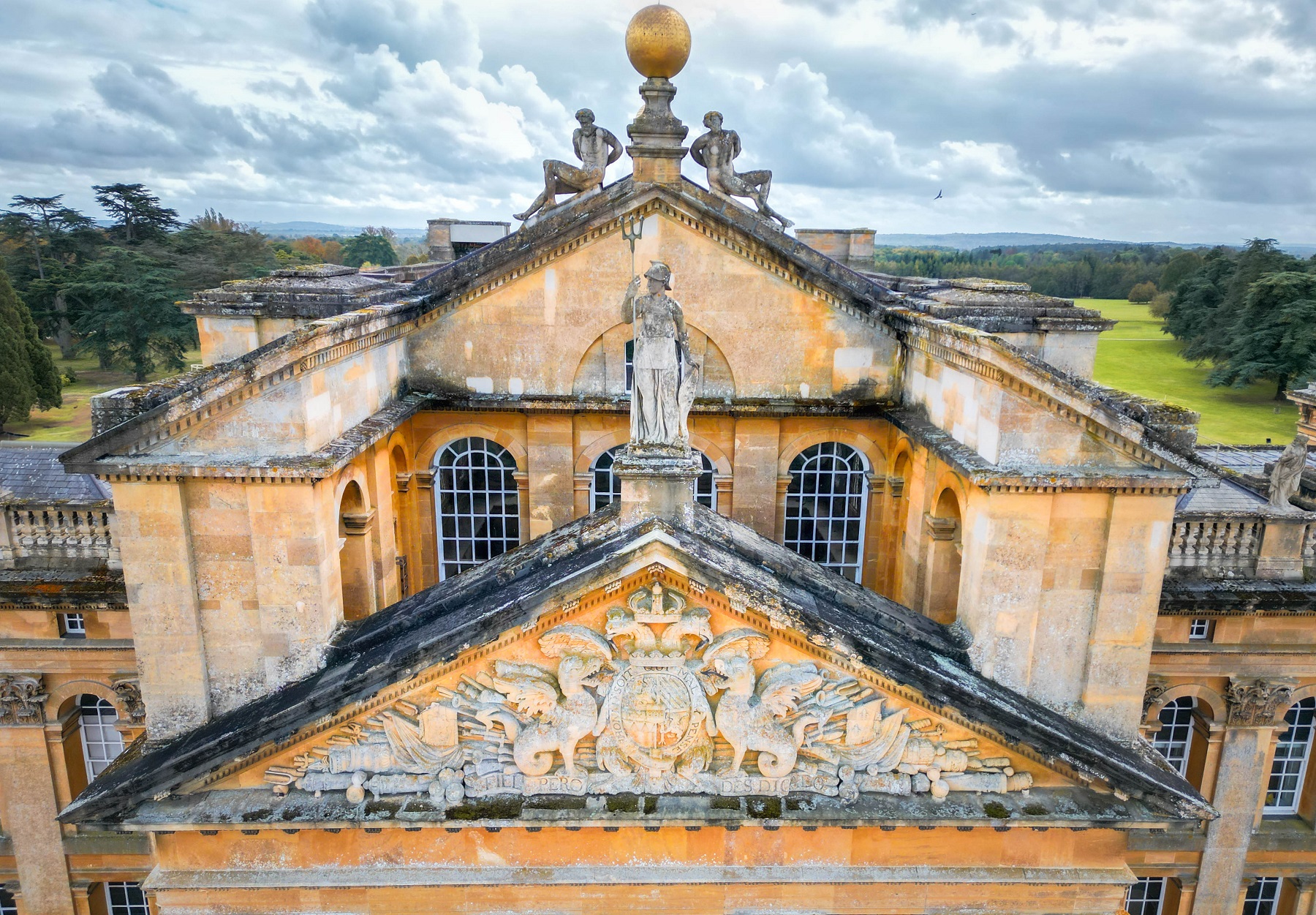
Specialist conservation contractor DBR will start a ‘monumental’ £10.4m roof restoration in January at the 18th-century Blenheim Palace, in Oxfordshire.
The project will focus on restoring a substantial section of the Great Hall roof, including the attic timbers and ceilings below. Over the past three centuries, these have been severely affected by damp, roof leaks, smoke damage, dirt, mould, decay, collapsed ceilings and a loss of historic fabric.
The damage is affecting the ceiling fresco by Sir James Thornhill and a painting of the Battle of Blenheim by Louis Laguerre.

Timbers have also become infested with deathwatch beetle, a species of woodboring pest that can cause major structural damage in old buildings.
DBR’s project includes restoration of the external part of the roof where stone delamination, stone fall and rusting iron cramps swelling to 12 times their size have become health and safety hazards and are allowing further water penetration.
Rainwater capacity of the roof, which is almost an acre in size but only has four downpipes, will be increased and fire compartmentation works will also increase the capacity of gutters and improve energy efficiency where possible and practical.
‘A complex undertaking’
Blenheim Palace first opened its doors to the public 75 years ago to raise funds for essential roof conservation work. The project represents the most significant roof restoration in the country house’s history.
Blenheim Palace said it will privately fund two-thirds of the project. Visitor donations and ticket sales will also go towards the restoration. However, a spokesperson added that it is “seeking further support from a variety of trusts, foundations and individuals to bridge the current funding gap”.
Kelly Whitton, head of built heritage at Blenheim Palace, said: “This monumental roof project represents one of the most ambitious conservation efforts in Blenheim Palace’s history. This £10.4m restoration is a complex undertaking that will require a combination of traditional craftsmanship and innovative building techniques to safeguard the structural integrity of our UNESCO World Heritage Site.”
The project is aiming for completion in 2026.
Comments
Comments are closed.












Hi will there be any apprenticeships created.